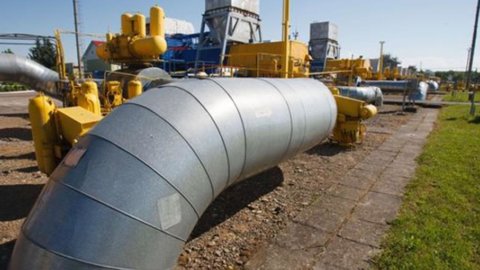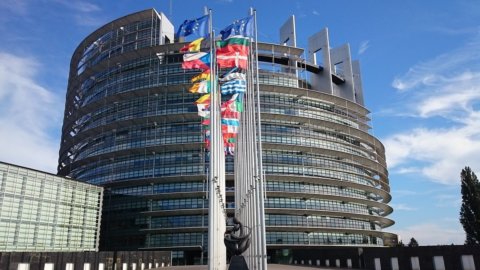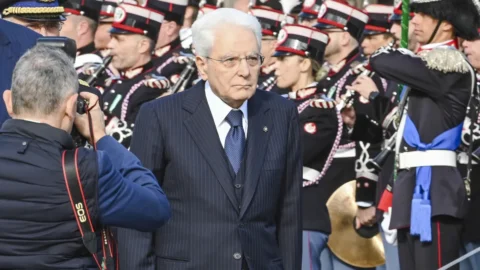On the occasion of the annual meeting of Unione Petrolifera, important numbers were provided about the weight of oil on the energy bill.
The demand for primary energy in Italy marked a setback in 2016, influenced by energy efficiency measures and by the changes in the production sectors caused by the economic crisis. For the first time, and even if by a few decimals, the Natural gas has surpassed oil as an energy source in Italy.
This is a fact that should not be underestimated, a trend reversal compared to recent years. Compared to 2015, in fact, the demand for natural gas grew from 33 to 34,4%, exceeding that of oil which stood at 2016% in 34,2. However, the demand for renewables also grew, by 1 percentage point, contributing to the reduction, by the same amount, of net electricity imports from abroad.
Following the excellent +4,1% in 2015, i consumption of petroleum products in 2016 recorded a -0,9%. In the first five months of 2017, the situation seems to be even more negative: consumption down by 1,9% compared to the same period of the previous year. Of these consumptions, 2/3 were used in the transport sector, with diesel alone covering 40% of the total volumes, followed by petrol with 30%.
– Industrial prices net of taxes (Source: UP on European Commission data)
As can be seen from the graph, if for diesel the industrial price in Italy is very similar to that of other European countries, in the case of petrol there is a slight difference. However, the significant weight of the tax component affects the difference in consumer price of both, which in Italy has a significant impact and determines the so-called "detachment" with the EU.
In the meantime, the oil bill is recovering at the end of 2017 (+ 3/4 billion), in the wake of the increase in international quotations of the various sources, following last year's drop (historic low, slightly above 12,5 billion).
The impact of transport on the consumption of petroleum products immediately brings attention back to sustainable mobility. And the Unione Petrolifera proposes to intervene to rejuvenate the backward Italian car fleet and is already ready: "At the current emission levels of Euro 6 vehicles and their expected evolution - explained Claudio Spinaci, President of Unione Petrolifera - with a progressive turnover of about 2 million cars a year, for light transport by 2030 it will be possible to obtain one reduction of CO2 emissions by 37% compared to 2005". In that year, the oil companies observe, "the fleet was all pre-Euro 4 with average emissions of at least 170 g/km, i.e. more than the 33% required at European level on the basis of the Paris agreements". On the other hand, to contain the problem of fine particles that suffocate the big cities, Up believes it is necessary to intervene on intermodality (car and bike sharing, efficient and widespread public transport) and on the strengthening of local public transport. On the other hand, Up assigns little space to the diffusion of the electric car.
Attachments: Unione Petrolifera – 2017 Assembly, Numbers





